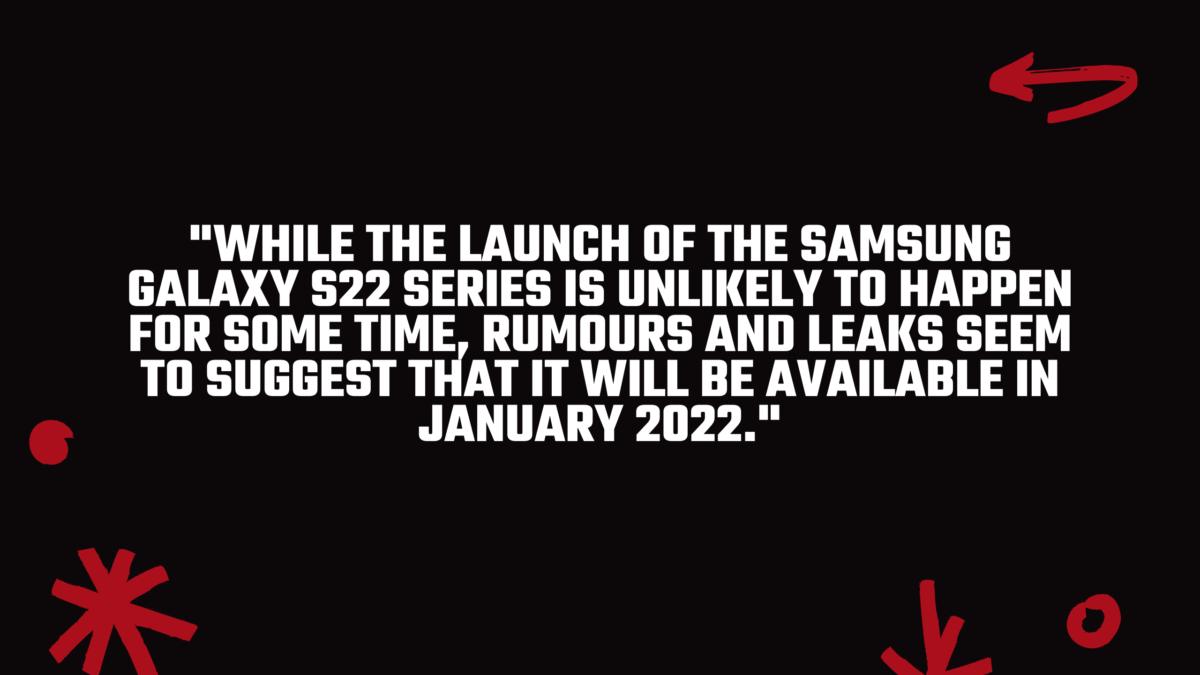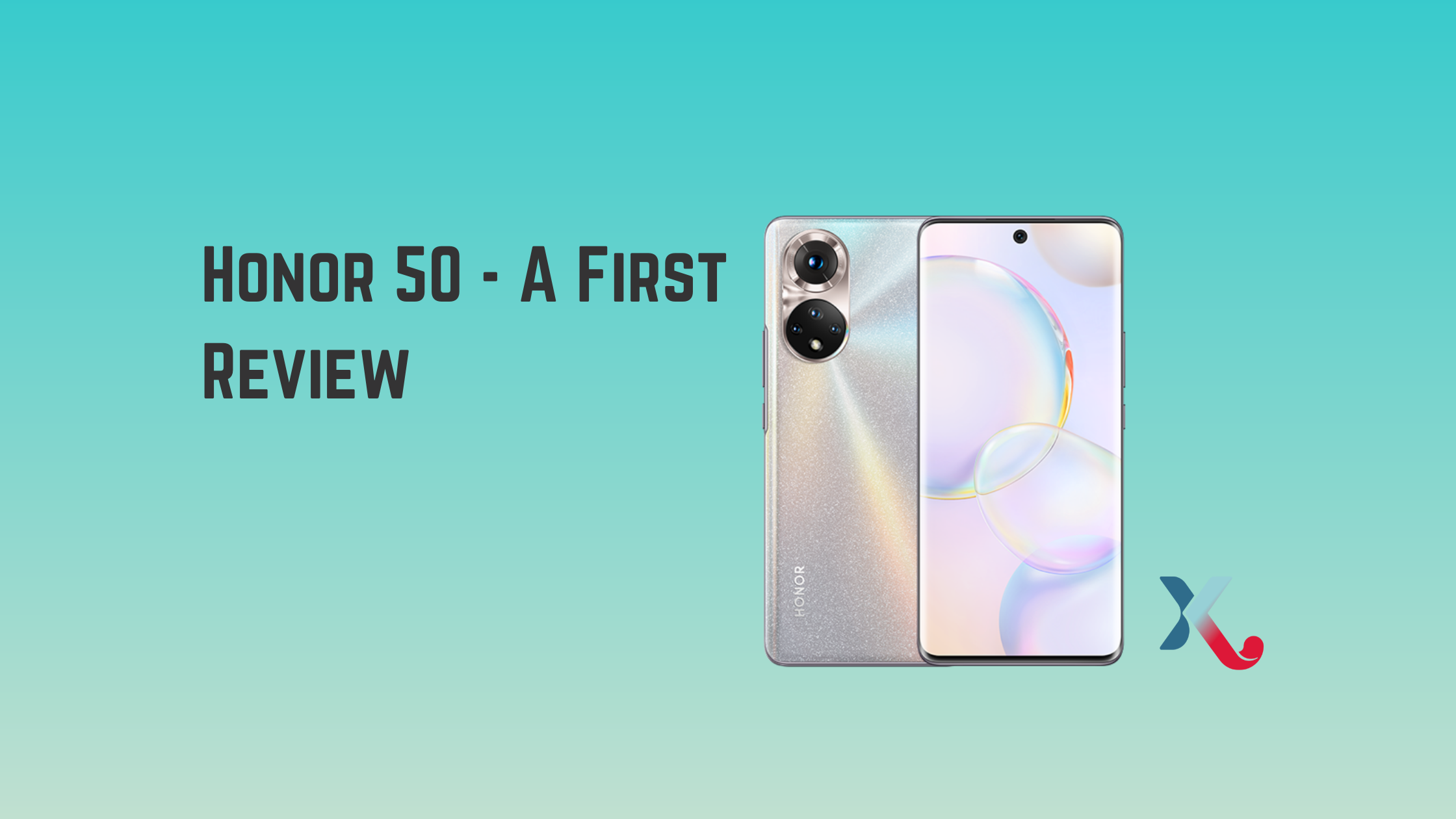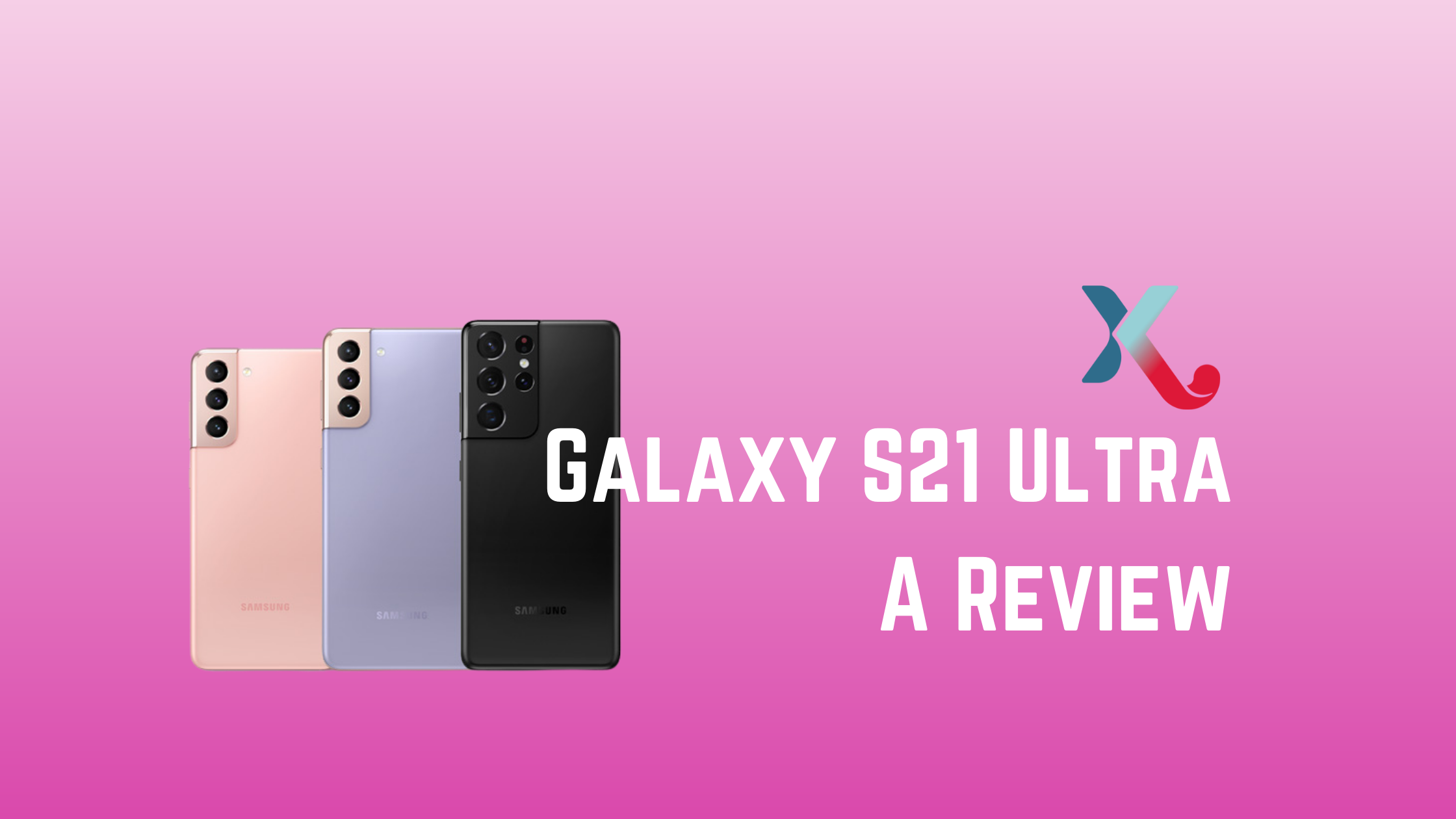While the launch of the Samsung Galaxy S22 series is unlikely to happen for some time, rumours and leaks seem to suggest that it will be available in January 2022.
These devices will replace the 2021 Samsung Galaxy S21 Plus and Galaxy S21 Plus. However, they must also fill the large shoes left by the Samsung Galaxy Note 21 which was cancelled last year to the dismay of many Samsung fans.
Despite numerous leaks, there is not much information about Samsung’s next flagship S range smartphone. The Galaxy S21 FE will be the next flagship smartphone from Samsung.
Latest news
We aren’t sure if the Samsung Galaxy S22 battery is smaller than we thought. The Samsung Galaxy S22 Ultra will receive 45W of wired charging. The speed is comparable to that of the S20 Ultra, but the S21 series reached only 25W.
Samsung Galaxy S22 Price and Release Date
Although there is no rumour of a Samsung Galaxy S22 launch date, it does mention that it will be in January 2022. We expect Samsung will follow a similar timeline as its 2021 plans. Samsung has previously delayed its launch and announced in January. It is possible to launch the phone in January if it enters mass production in November.
With the cancellation of Samsung Galaxy Note 21, a launch is possible earlier than expected. This will result in a significant gap between the non-foldable and mainstream Samsung flagships.
Design and display
The Samsung Galaxy S22 range may have slightly different screen sizes than the Galaxy S21. According to a source, the Galaxy S22 will be 6.06 inches smaller than the S21’s 6.2 inch screen. The Galaxy S22 Plus will have 6.55inches (down from the 6.7) and the Galaxy S22 Ultra will display 6.81inches (up from 6.8).
Another source claims that the Samsung Galaxy S22 Ultra screen will be the only LTPO model. It may be the only model that has a variable refresh rate. The Samsung Galaxy S22 Plus might be the only model that has a glass back.
The original leak was confirmed by a second source. Additional information included 120Hz refresh rates and FHD+ resolutions on Galaxy S22 Plus, Galaxy S22 Plus, and Galaxy S22 Plus, as well as a QHD+ resolution for Galaxy S22 Ultra.
One leak suggests that the design will be very similar to the existing range. So don’t expect any significant visual changes.

Camera and battery
According to one leaker, the Samsung Galaxy S22 Plus/S22 Plus will have a 50MP primary sensor, a 12MP ultra-wide sensor, and a telephoto (12MP capable o 3x optical zoom). This is quite a change from the 12MP main, 64MP Telephoto and 12MP ultra-wide 12MP sensors.
The Galaxy S22 does not appear to have a 3D Time-of-Flight sensor (ToF) on its rear camera setup. This is not surprising, as it wasn’t on the Galaxy S21. However, it might disappoint those who wish it to return.
According to one report, the Samsung Galaxy S22 Ultra may include a 200MP primary camera and an under-display camera that can be used for selfies.
Other reports claim that Samsung will use a 108MP sensor instead of a 200MP sensor.
According to reports, the Galaxy S22 Ultra will have a 108MP primary sensor and two 12MP Telephoto cameras. It also has a 12-megapixel ultra-wide. Leaked configurations for the other two models, a 50MP primary sensor, a 12-MP ultrawide and a 12MP telephoto, are also revealed.
Their zoom potential could be identical to the S21 range, with the S22 Plus offering 3x optical Zoom and the S22 Ultra offering 10. We have heard this claim many times.
One source claims that zoom snappers have a 10MP resolution instead of 12MP.
We also know that the Samsung Galaxy S22 Ultra will include a Penta lens camera equipped with Olympus technology.
Rumours of an under-display selfie camera are now less likely. A source claimed that the Galaxy S22 wouldn’t have it because its quality isn’t high enough. Samsung cannot make enough at the moment to cover the camera under the screen.
Another source claims that continuous optical zoom is possible. This means zoom levels higher than 10x would be optical. To zoom in the middle ranges, most phones use either a hybrid zoom or digital zoom.
One leak suggests that the Samsung Galaxy S22 is 3,800mAh, the Galaxy S22 Plus is 4,600mAh, and the Galaxy S22 Ultra is 5,000mAh.
These are minor downgrades from the Galaxy S21 range. Only the S22 Ultra would have the same battery size, if it is accurate.
According to some reports, the 4,500mAh battery found in the Samsung Galaxy S22 Plus might be smaller. This same size has been observed multiple times. A smaller 3,700mAh battery could be available for the Samsung Galaxy S22. This would be the ‘typical’ capacity (as advertised), while the rating capacity would be 3,590mAh.
Samsung also confirmed that future smartphones will not come with chargers. You can purchase a separate charger if you don’t already have one.
A bit of information has been released about charging speed. Samsung claims that the company is currently testing 45W and 65W power. Both would be faster than the 25W S21 series’s, though the S20 Ultra had only 45W.
Rumours of 45W powering were heard only for the S22 Ultra. This is a relatively low figure compared to premium Android handsets, which range from 65W to 120W.
Specifications and features
One source claims that the Exynos 2200 chipset will be paired with an AMD GPU. The chipset will be able to ray-trace and have variable-rate shading capabilities.
A leaker claims that Samsung had difficulty producing the chipset. This could indicate that the Snapdragon version will be available in most areas (most likely the rumoured Snapdragon 880). We know that the Snapdragon version is available in all areas.
Another leak suggests that the Galaxy S21 range’s storage and RAM will not be affected. 8GB RAM is the benchmark for Samsung Galaxy S22 Plus.
Where To Buy? At NIX Of Course!
Trade-in your old phones with NIX and leave with a brand new phone.
Remember, the NIX magic number is zero!! How close can you get? Come in and see.
Recycle your old phone with NIX and sign-up to our Premium Membership for even better prices and saving at NIX.
MEGA TIP: NIX Premium Members can trade in multiple devices at once to really reduce the price of the new phone.

